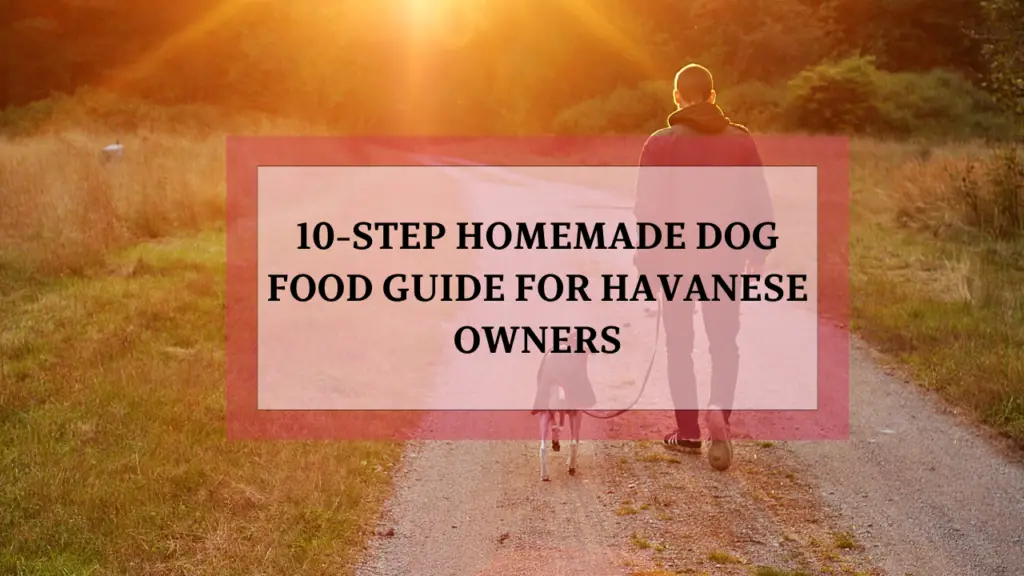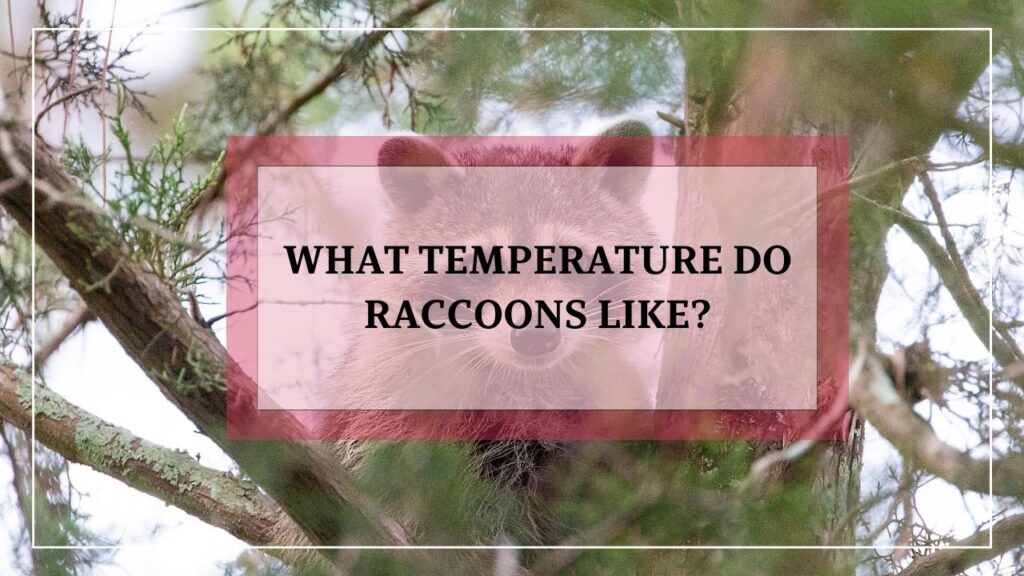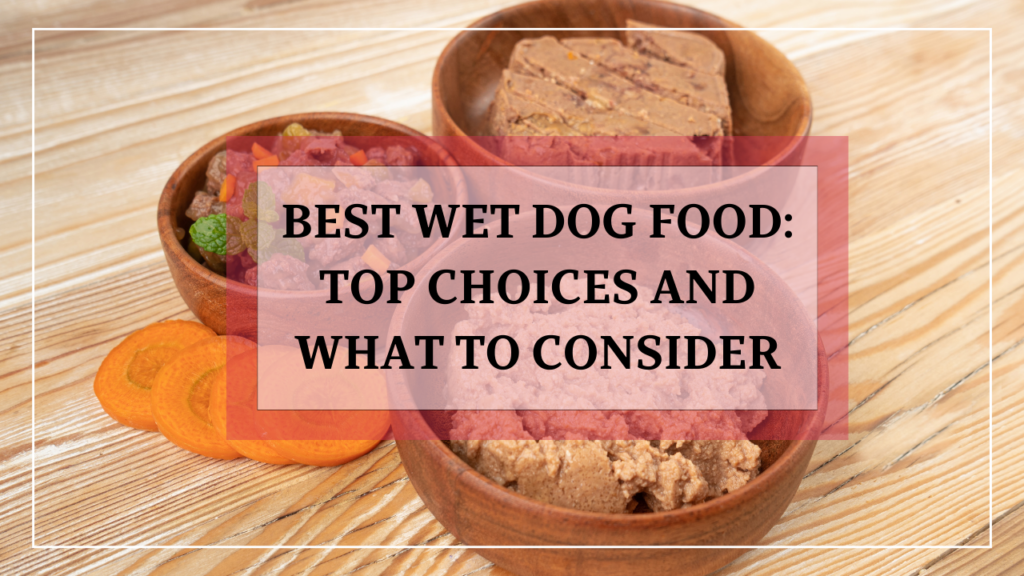The Havanese is a small, energetic, and affectionate breed that thrives on a nutritious diet tailored to its unique needs. Many pet owners choose homemade dog food to ensure their furry companion gets the best ingredients without fillers, artificial preservatives, or unnecessary additives.
This 10-step homemade dog food guide for Havanese owners will help you understand how to create balanced, healthy, and safe meals for your dog. You’ll learn about essential nutrients, the best ingredients, proper preparation, and how to transition your Havanese to a homemade diet successfully.
Step 1: Understand Your Havanese’s Nutritional Needs
Havanese dogs have specific dietary requirements that differ from larger breeds. They need a diet rich in proteins, fats, and essential vitamins while avoiding common allergens and fillers found in commercial dog food.
Nutritional Breakdown for Havanese Dogs
| Nutrient | Percentage of Diet | Best Sources |
|---|---|---|
| Protein | 30-40% | Chicken, turkey, fish, eggs, beef |
| Healthy Fats | 15-25% | Salmon oil, flaxseed oil, coconut oil |
| Carbohydrates | 30-40% | Brown rice, sweet potatoes, oats |
| Fiber | 5-10% | Carrots, spinach, green beans |
| Vitamins & Minerals | Varies | Fruits, vegetables, supplements |
Havanese dogs are prone to food sensitivities and weight gain, so portion control is critical. A well-balanced homemade meal plan ensures your dog gets complete nutrition without harmful additives.
Step 2: Choose High-Quality Protein Sources
Protein is essential for muscle maintenance, energy, and overall health. Since Havanese are small but active dogs, they require lean proteins to stay strong.
Best Protein Sources for Havanese
✅ Animal Proteins:
- Chicken (boneless, skinless for easy digestion)
- Turkey (lean and rich in essential amino acids)
- Beef (iron-rich but should be lean)
- Salmon (great for skin and coat health)
- Eggs (complete source of protein and biotin)
✅ Plant-Based Proteins (Optional):
- Lentils (high in fiber and protein)
- Chickpeas (nutrient-dense but should be cooked thoroughly)
- Quinoa (a complete plant-based protein)
⚠️ Avoid processed meats (sausages, bacon) as they contain preservatives and excess salt.
Step 3: Incorporate Healthy Carbohydrates
Carbohydrates provide energy and fiber, but not all carbs are beneficial. Some can cause blood sugar spikes, while others offer sustained energy and digestive support.
Healthy Carbohydrate Options for Havanese
| Type | Best Choices | Benefits |
|---|---|---|
| Whole Grains | Brown rice, oats, quinoa | Slow-digesting, rich in fiber |
| Root Vegetables | Sweet potatoes, carrots, pumpkin | Packed with vitamins and fiber |
| Legumes | Lentils, chickpeas | Good plant-based protein and fiber |
🔴 Avoid white rice, corn, and wheat, as they can cause digestive issues and allergies in some Havanese dogs.
Step 4: Add Essential Fats for a Healthy Coat
Havanese dogs have long, silky fur, which requires Omega-3 and Omega-6 fatty acids to maintain a shiny, soft coat.
Best Fat Sources for Havanese
- 🐟 Salmon oil – Supports brain health and skin hydration
- 🥥 Coconut oil – Natural antibacterial properties, great for digestion
- 🌱 Flaxseeds – High in Omega-3 and fiber
- 🥑 Avocado oil (small amounts only) – Supports a healthy coat
💡 Tip: Always measure fat intake to prevent weight gain in small breeds like Havanese.
Step 5: Include Fruits and Vegetables for Vitamins
Fruits and vegetables provide fiber, vitamins, and antioxidants. However, not all are safe for dogs.
Safe Fruits and Vegetables for Havanese
✅ Fruits: Blueberries, apples (seedless), bananas, watermelon
✅ Vegetables: Carrots, spinach, zucchini, green beans
❌ Avoid: Grapes, onions, garlic, raisins (toxic to dogs)
Step 6: Create a Balanced Meal Plan
A well-structured homemade meal plan ensures consistent nutrition.
Example Daily Meal Plan for a Havanese
| Meal | Ingredients |
|---|---|
| Breakfast | Scrambled eggs, cooked oats, blueberries |
| Lunch | Boiled chicken, sweet potatoes, steamed carrots |
| Dinner | Ground turkey, quinoa, green beans |
📌 Always consult a vet before making significant dietary changes.
Step 7: Prepare and Cook Dog Food Properly
- Boiling & Steaming – Best for preserving nutrients
- Baking – Works for homemade dog treats
- Avoid frying – Excess oil can lead to obesity
Step 8: Add Supplements if Needed
- Glucosamine & Chondroitin – Supports joint health
- Probiotics – Aids digestion and gut health
- Multivitamins – Ensures complete nutrition
💡 Check with a vet before adding supplements to your Havanese’s diet.
Step 9: Monitor Your Dog’s Health and Adjust Diet
- Signs of a good diet: Healthy weight, soft coat, high energy
- Warning signs: Allergies, dull coat, lethargy, digestive issues
👩⚕️ Tip: Schedule vet checkups every 6 months to track your Havanese’s health.
Step 10: Transitioning from Commercial to Homemade Food
Switching too fast can cause digestive upset. Use a 7-day transition plan:
| Day | Ratio (Commercial: Homemade) |
|---|---|
| 1-2 | 75% Commercial, 25% Homemade |
| 3-4 | 50% Commercial, 50% Homemade |
| 5-6 | 25% Commercial, 75% Homemade |
| 7 | 100% Homemade |
📌 Monitor stool consistency and appetite during the transition.
FAQs About Homemade Dog Food for Havanese
🔹 Can Havanese eat a raw diet? – Yes, but ensure proper food safety measures.
🔹 How often should I feed my Havanese homemade food? – Twice daily for adults, 3x for puppies.
🔹 What are common food allergies? – Wheat, dairy, soy, artificial additives.
Final Thoughts
A homemade diet can significantly improve your Havanese dog’s health, energy, and coat quality. With proper planning, high-quality ingredients, and vet guidance, your pup can thrive on homemade meals that are healthier than store-bought kibble.



